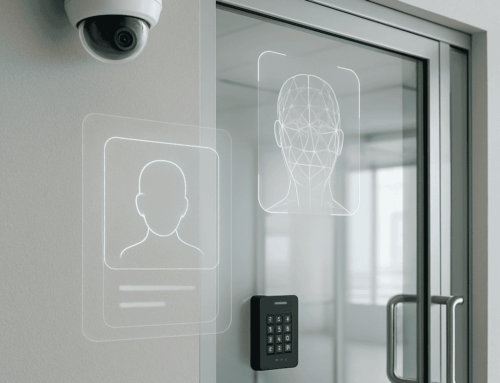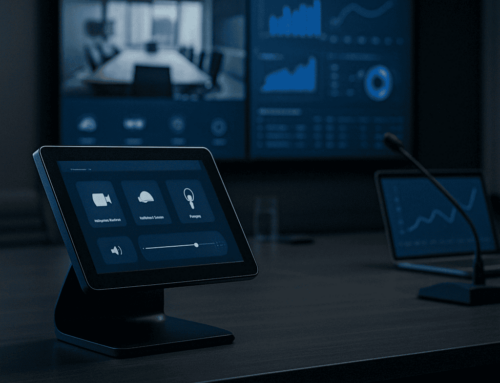Going Beyond The Thermostat — Why Smart Buildings Make Sense
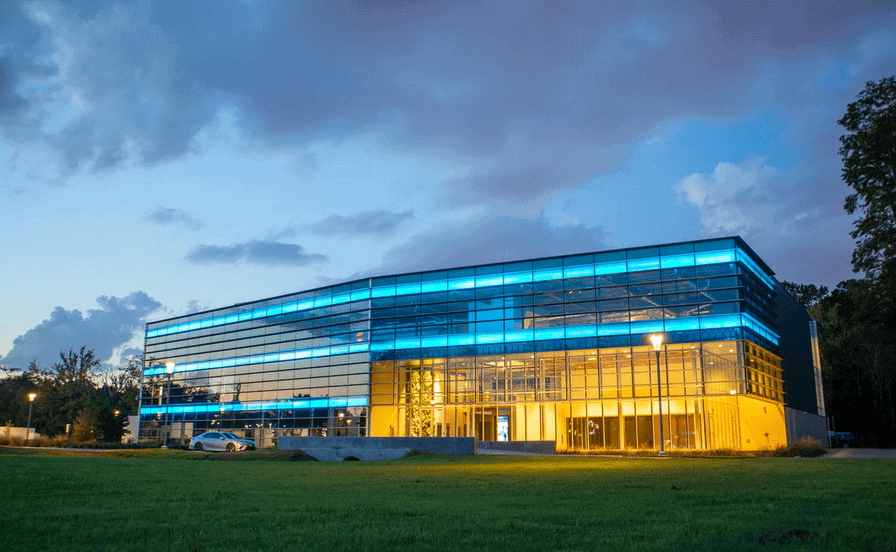
What Is A Smart Building
A smart building expands on a concept we covered in an earlier blog know as integrated workplace management systems. In short, a smart building using senors and computer automation to analyze a building in real time and can adjust the power, temperature, and lighting based on real-time inputs or a predetermined schedule. While many buildings and organizations can be retrofitted to use an integrated workplace management system, a smart building has been designed from the ground up to feed data into a computer system and optimize for a variety of objectives, including saving a significant amount of money.
Benefits Of Smart Buildings
A smart buildings takes the principle of a programmable thermostat and takes it to an advanced state of sophistication, including optimizing through data-driven algorithms (aka machine learning). With a network of integrated sensors and building automation systems, you can save money, reduce environmental impact, and even increase the comfort of building occupants.
Predictive Maintenance
Especially when tied to an integrated workplace management system, a smart building is able to monitor the service life of components within the HVAC, lighting, and plumbing systems. Because a smart building is designed to “see” these systems 24/7 and moderate their usage, it’s very straightforward to anticipate when a piece of equipment needs service. A smart building can also make it easier to identify when a piece of equipment is breaking or has broken outside of scheduled maintenance. The central computer flags system anomalies and can notify the responsible parties in real time.
Productivity
The goal of any facilities manager is to ensure a comfortable working environment for building occupants (balancing that with energy efficiency and sustainability, but we’ll get to that next). A smart building is capable of monitoring a variety of inputs, including weather forecasts to adjust interior temperature for optimum comfort. Similarly with lighting: as ambient lighting changes, due to weather or time of day, the building can increase or decrease lighting when and where it makes sense. And while you’ll never find a temperature that is guaranteed to please everyone (that’s just how humans are made), you can control for the best case scenario.
Energy Saving
Especially for buildings that hold LEED certifications (or if that’s your goal for a new building), the ability to optimize resource usage such as electricity and water is critical. A smart building makes this easier. A smart building can also permit you to work with the local or regional power grid to optimize usage and even sell back excess capacity. This reduces the operational overhead of the building and can greatly affect your bottom line.
Although smart buildings probably wouldn’t have solved the power crisis resulting from the rare winter storm that hit central Texas in February of 2021, it illustrates how weather can severely affect usage and even lead to painful utility bills as a result. A smart building could help you mitigate these risks in addition to helping you run a more efficient operation.
Key Smart Building Technologies
Smart building tech doesn’t mean Amazon Alexa devices that occupants can use to turn off lights and turn the heat up. In order for a smart building to work achieve maximum benefit, you need to design the right systems before the first shovel breaks ground.
Intelligent lighting
Motion sensors, LEDs, and even bulbs that can modulate wavelength based ambient light are all things you want to consider. You won’t eliminate light switches all together, you can create a network of lights that can be turned on and off from a central control point and even sense when it’s time to shut off due to disuse.
Security

If a critical system in the building fails, that can be a major security issue. A smart building allows your security network to speak to the rest of the building and alert the right people if something goes wrong.
HVAC
Although largely unnoticed, unless something is broken, HVAC is one of the areas where smart buildings shine the brightest. The ability to spin up or idle a chiller and still keep the building at an optimal temperature translates into major savings. There are many factors that contribute to the internal temperature of a building, be it sunlight, electrical lights, human bodies, or computers — all of which can be monitored through different sensors that feed into the algorithm that tweaks the settings of the building.
Digital Displays
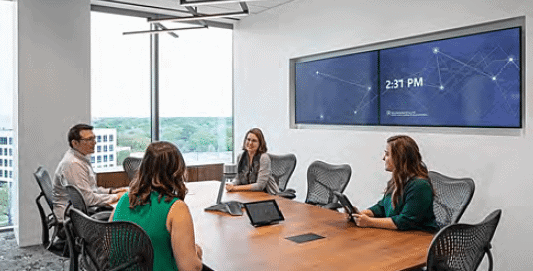
A smart building generates an impressive amount of data, once analyzed that data can become a regular feature on the digital displays throughout the building. This helps people to recognize the incredible work happening behind the scenes and create environmental awareness.
Internet-of-things (IoT)
In some cases it makes sense to use sensors that are internet-capable, pulling in real-time data from the Web and allowing for remote monitoring and control. IoT sensors also create new possibilities for using building data to optimize for greater efficiency.
Smart Parking
Anticipating occupancy loads is key to running a comfortable, efficiency building. By installing a system that allows you to track the number of cars in your lot, you can gain a fairly accurate idea of how many people will be using the building and how energy consumption and water usage may fluctuate.
Examples Of Smart Buildings
Duke Energy Center in Charlotte, North Carolina

Wells Fargo owns this 51-floor skyscraper. As a LEED Platinum certified building — the highest rating available based on nine areas that include energy efficiency, environmental impact, and sustainability
DPR Construction building in San Francisco, California

This regional office is nearly 25,000 ft2 demonstrates an impressive regard for the occupants as well as the environmental impact that one building can have. It includes features such as photovoltaic panels, rooftop solar thermal water heating system, electrochromic windows, eight solar-powered, automated skylights over an atrium, and ultra-energy efficient ceiling fans.
Capital Tower in Singapore
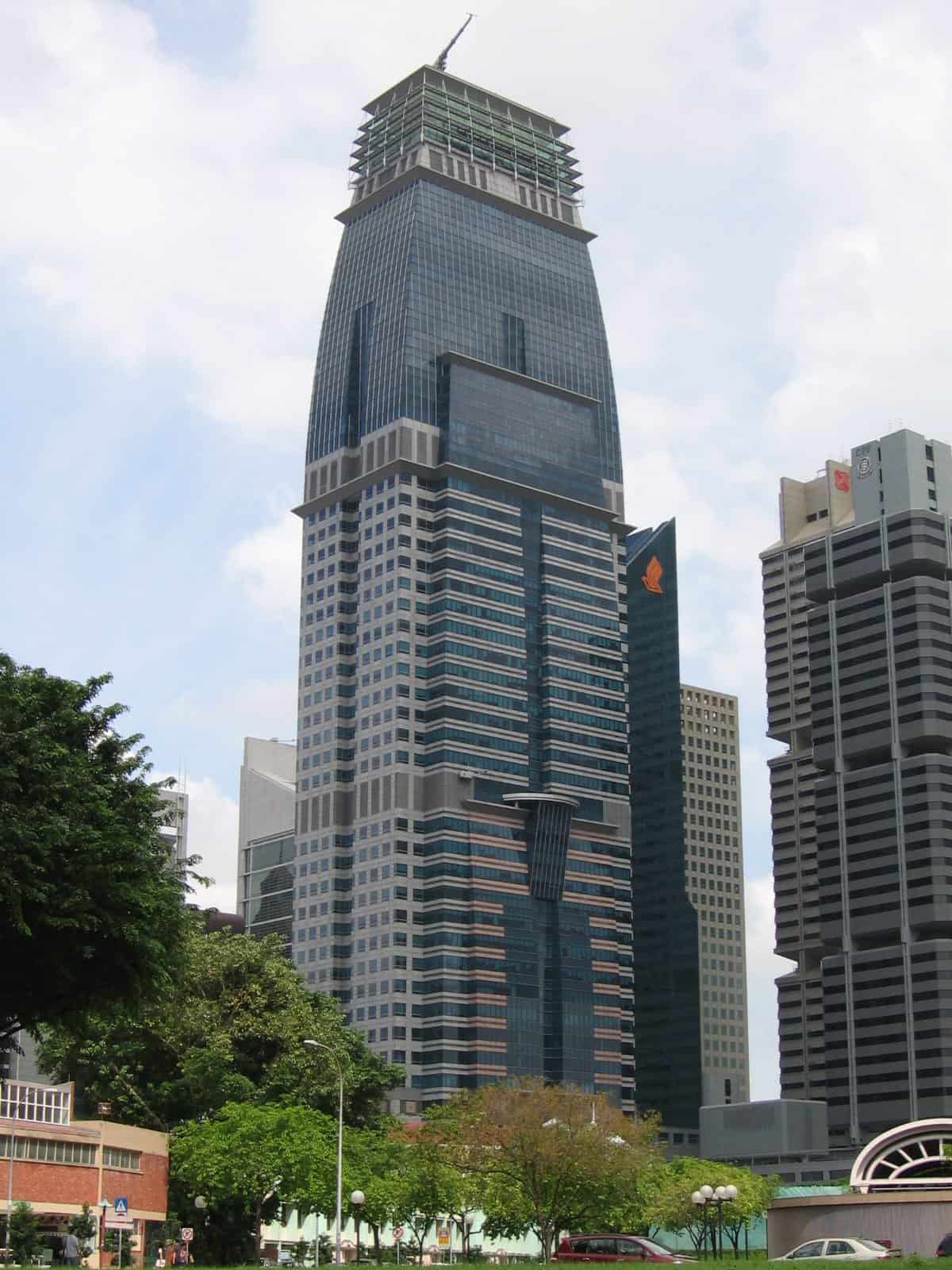
The Capital Tower has a number of intelligent energy efficiency systems built in, including an energy recovery wheel system in its air-conditioning unit, which allows cool air to be recovered to maintain the chillers’ efficiency. Motion detectors installed at the lift lobby and toilets conserve energy, while double-glazed glass windows reduce heat penetration and minimize energy consumption.
Burj Khalifa in Dubai, United Emirates
It’s one of the smartest and most sustainable buildings. It features several intelligent building projects in its marquee venue, which improved air quality, lighting and temperature for its residents. The building automation system relays real-time information to Honeywell’s IoT platform, which uses smart algorithms to identify anomalies and maintenance issues.
About i.e.Smart Systems
i.e.Smart Systems is a Houston, TX based technology integration partner that specializes in design and installation of audio/visual technology and structured cabling. For more than three decades, our team of in-house experts has partnered with business owners, architectural firms, general contractors, construction managers, real estate developers, and designers in the Houston market, to deliver reliable, scalable solutions that align with their unique goals.


